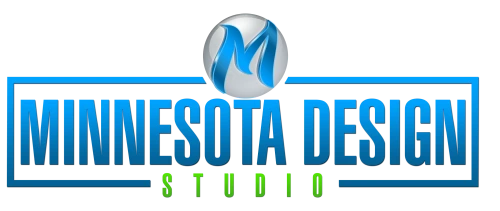Creating search-engine-optimized web pages should be the top priority of a successful internet marketing campaign. Taking care of technical factors such as filenames, title tags, meta description tags, meta keyword tags, and meta robots tags is crucial to making sure the search engine spiders can determine the relevance of your web site. Optimizing your content with header tags and other text modifiers allows you to stress the main ideas and topics that your content covers.
Choose Filenames
Every Web page that you create is stored in a file. Every file has a name. Using filenames that are relevant to the content of your web page is important for numerous reasons. Besides your domain name, the search engine spiders see your filenames before anything else. If filenames are not relevant to the content contained on the pages, the search engines can algorithmically detect disconnect. Taking the extra time to ensure that filenames are properly designed can provide an added boost to your rankings.
Optimize Images
Search-engine spiders are becoming more sophisticated every day, but the spiders still cannot read any images present on your pages. If images make up a large portion of your content, the search engines will have a difficult time understanding the topic of your content. Using alt image tags to describe your images gives the search engines a readable text description of those images and also aids in compatibility with nongraphical Web browsers.
Optimize Title Tags
Title tags are an extremely influential search-engine ranking factor. What you place in your Web page title tags has a substantial effect on where and for what terms your page ranks. Just as importantly, the first thing a human visitor sees when finding your page on the search engine results is your title tag. Title tags should be descriptive of what your website is about and compel potential visitors to your site.
Optimize Meta Description Tags
Meta description tags allow you to summarize what a particular Web page’s content is about. Some search engines use the meta description tags in their results pages directly underneath the Web page titles. Your rankings on these search engines are likely influenced by your meta description tags. Writing a brief yet informative description about your Web page’s content and adding it to your meta description tag is a search engine optimization tactic that should not be skipped.
Optimize Meta Keyword Tags
Meta keyword tags allow you to indicate the relevance of a particular Web page to certain keywords and phrases. Although many search engines ignore this tag, some likely still use it in their ranking algorithms. For that reason alone, you want to implement this tag on all your web pages. The keywords and phrases contained in your meta keyword tags work in tandem with the meta description tag to describe the content of a particular page.
Create A Meta Robots Tag
Sometimes you may not actually want the search engine spiders to visit certain pages within your website. Although this is often not the case, especially because the goals of search engine optimization are to increate search engine generated traffic, there are situations where the privacy of a particular web page is a concern. The meta robots tag allows you to identify what pages the search engines are allowed to index in their results pages, and whether or not they are allowed to follow links on those pages to the web pages or websites.
Use Header Tags
Optimizing your content included emphasizing your main topics and ideas. A well-structured webpage has a logical hierarchal flow with headings and subheadings fortified with content. These main topics and ideas can be placed within header tags that not only alter the format of the text the web browser displays, but also tell the search engines and human visitors that these keywords and phrases are important.
Create Links
Your internal linking structure leads the search engine spiders and human visitors from on web page to another on your website. The structure of your links tells the search engines what the linked web pages is about. Your internal linking structure is taken into consideration by the ranking algorithms that determine where your web pages rank for target keywords and phrases. Making it simple for both the search engines and human visitors to find every page on your website is critical for optimal website structure.
Use Text Modifiers
Beyond just optimizing your main topics and ideas, you want to emphasize appropriate keywords and phrases within your content. Your web pages content should speak to visitors, emphasizing words and phrases to express urgency or significance. Using text modifiers, you can emphasize certain blocks of text by bolding, italicizing, or underlining. These search engines also take modified text into consideration when determining your content’s relevance to that text.
Validate HTML
Writing valid HTML is just as important as speaking proper English. Improper HTML can cause web browser incompatibilities that result in your website appearing differently across different browsers. The World Wide Web Consortium has gone to great lengths to develop standards for Web development to ensure compliance across all browsers.


